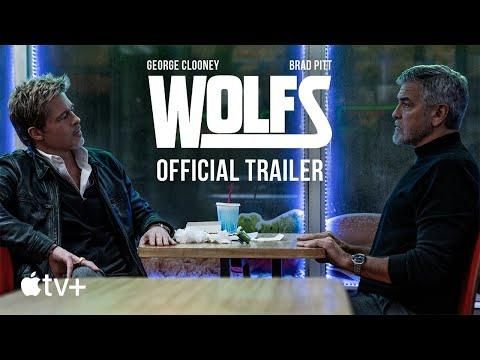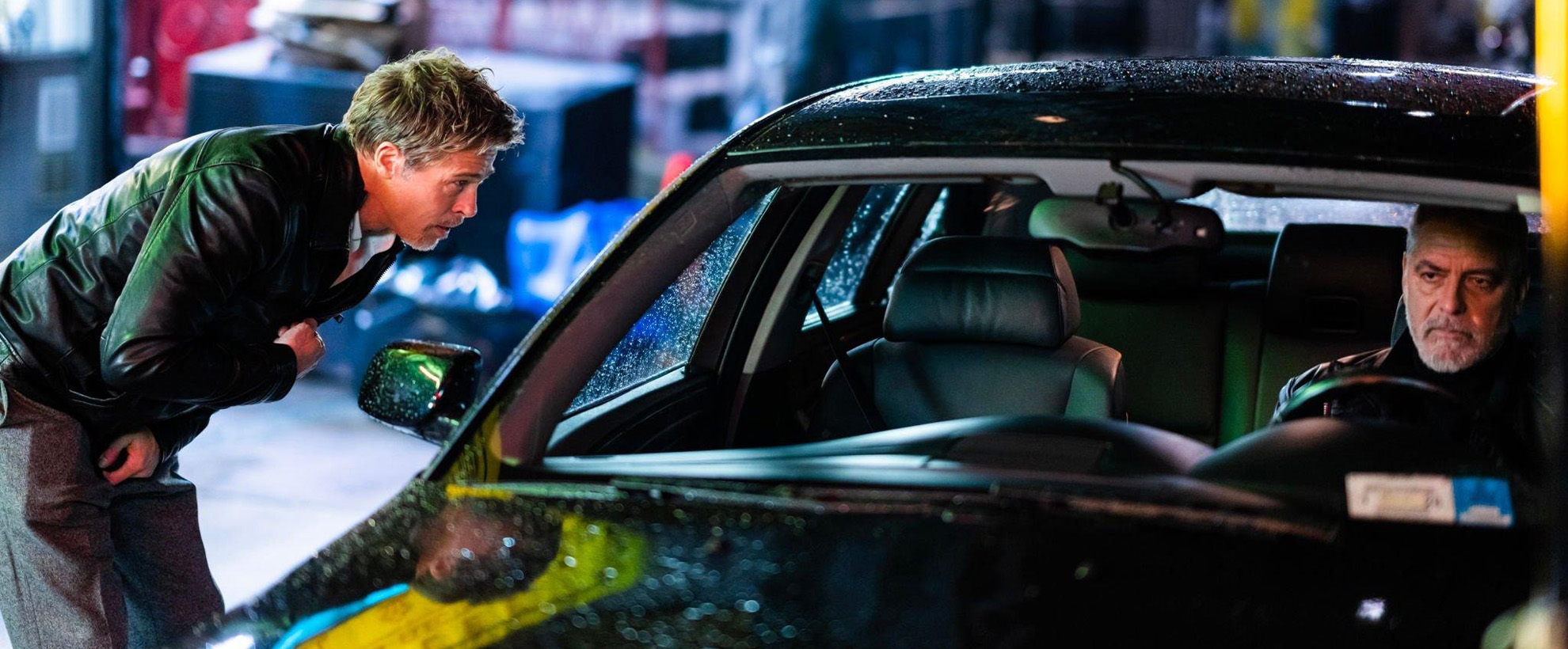
Wolfs
Written and directed by Jon Watts, Wolfs is an action-comedy starring Brad Pitt and George Clooney as professional fixers hired for a job that unfolds over one long, snowy, and action-packed night. Led by Visual Effects Supervisors Mark Curtis and Damien Stumpf, Framestore’s team delivered 161 shots, creating visually stunning set extensions of New York City streets, including the Brooklyn Bridge, all while blanketing the city in CG snow. Framestore’s Pre-Production team (FPS), led by Visualization Supervisor Darrin Hofmeyr, provided postvis to time key car chase sequences.
Snowy, Tension-Filled Atmosphere
Framestore’s team was tasked to create a hyperreal, fully controllable snowstorm that would integrate seamlessly with the live-action footage. The CG snow had to match the practical snow used on set, both in terms of look and behaviour. Throughout the movie, the snow is almost treated as a character, evolving from a light dusting that melts upon contact with the ground to a heavy, relentless blizzard as the film progresses.
Creating believable CG snow is a commonplace task for an FX department, but Wolfs presented unique complexities due to its diverse requirements. The snow needed to interact dynamically with fast-moving elements, such as speeding cars and characters, while remaining visually compelling during both real-time sequences and extreme slow-motion shots filmed at 300 frames per second.
We developed a robust and highly adaptable snow system using Houdini and Framestore’s proprietary tools, designed to accommodate a variety of camera speeds and perspectives. This system allowed our artists to control the snow’s behaviour and appearance to perfectly align with its narrative journey—shifting seamlessly from gentle, floating flakes to a dense, swirling blizzard.
Creating organic-looking snow was especially crucial in complex sequences, like the slow-motion car crash, where every flake needed to be simulated and frozen in time and pushed far beyond real-world physics. For other scenes, the team also had to ensure realistic interactions between the snow and its environment, such as accumulating on windshields, instantly melting, and being wiped away, with detailed simulations for hero cars and procedural setups for background vehicles.
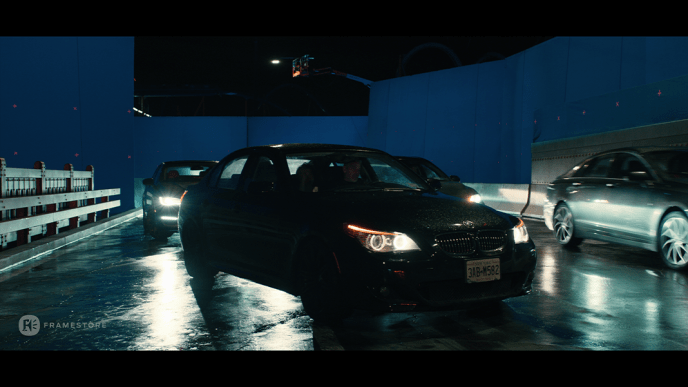
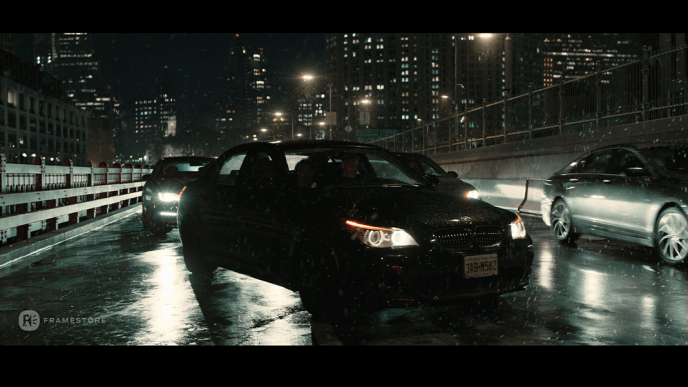

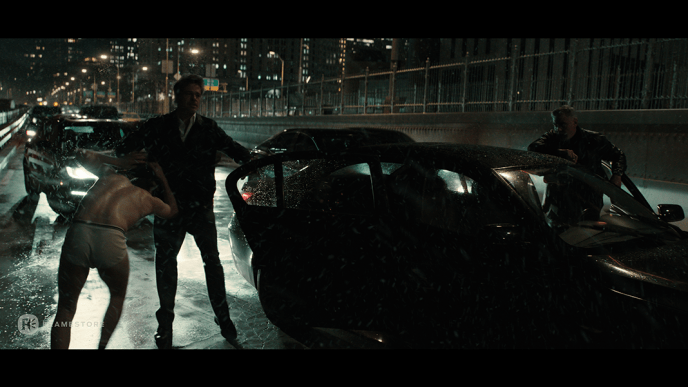
This work required meticulous detail to ensure every interaction looked authentic and that the snow maintained its presence, enhancing the film’s icy, tension-filled atmosphere.
Rebuilding the Brooklyn Bridge
Framestore’s team had to digitally recreate the film’s New York City environment, focusing on the Brooklyn Bridge and its surrounding neighbourhood. This was a significant challenge, as the bridge, over 140 years old, was not constructed in a way that made it easy to replicate in CG. The team used LIDAR scans, historical documents, and on-set photography to meticulously reconstruct the bridge, along with its unique and intricate architecture.
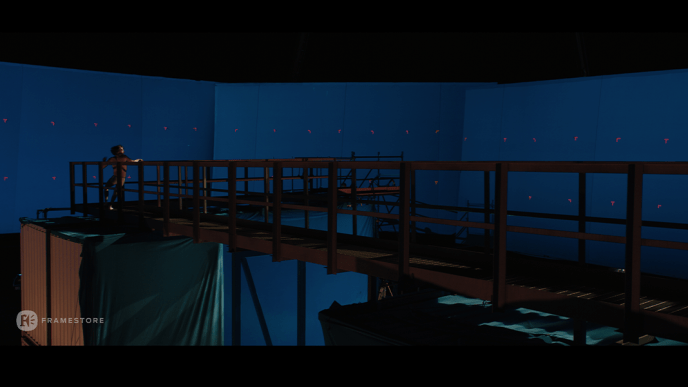
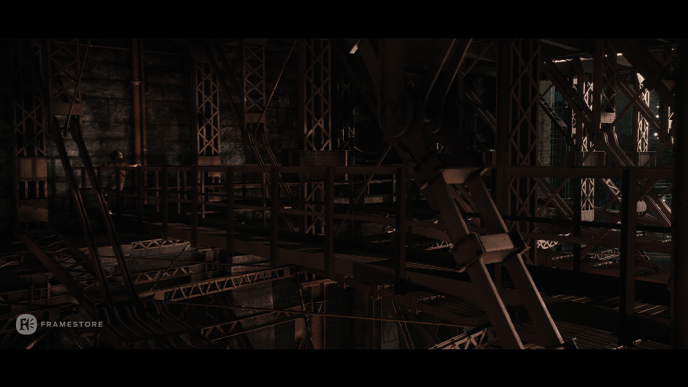
Rather than building the entire bridge as a single, monolithic CG model, the environment artists took a modular, "Lego-like" approach. They constructed the bridge using individual pieces of geometry—vertical supports, crossbeams, catwalks, and other components—that could be repositioned and rearranged as needed for each shot. This flexible, building block-style approach was crucial, as camera moves and action sequences often required repositioning elements to avoid obstructing actors and vehicles. If the entire bridge had been built as one solid model, any adjustments would have required the whole structure to be rebuilt. However, with this modular setup, the team could move or tweak individual elements on the fly.
The team carefully integrated the CG bridge with the in-camera footage. By aligning their digital model with the camera data and on-set elements, they were able to seamlessly blend the practical and virtual environments. The team worked closely with the Framestore Pre-production Services (FPS) team that had previously done full CG postvis work, incorporating their camera data while also rebuilding certain sections to sync with the director's vision.
FPS: Nailing the Timing for Brooklyn Bridge Gantry Sequence
The FPS team was responsible for postvisualizing the sequence where Kid (Austin Abrams) runs along the gantry of the Brooklyn Bridge. Their task involved integrating the actor into the shot footage, handling set extensions, and perfecting the framing of the complex metalwork and structural pilings of the bridge. On set, the production team filmed the sequence using a long stretch of "catwalk," which FPS later integrated into their set. The team carefully chose the best positions for the action to unfold, ensuring continuity throughout the edit. They carefully adjusted the framing around the metal structures, working with the actual geometry of the bridge to avoid missing any important elements of the action.
Our work provided the editor with a clear understanding of where these structural elements could be placed and how long each shot should run.
“The challenge was not just in framing the action but also in managing the camera movements to highlight key moments, like when Kid turns or climbs. We had to ensure the complex geometry of the bridge worked seamlessly with the actor’s path, without obstructing the action.”
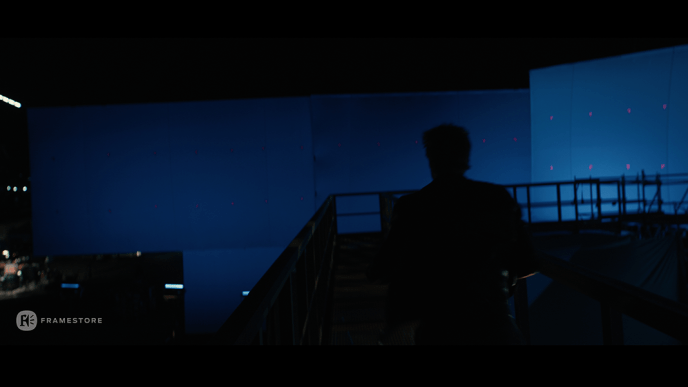
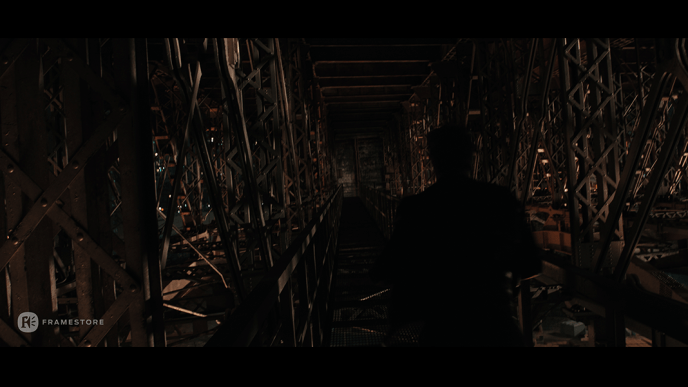
The FPS team collaborated closely with Framestore's VFX team. The VFX team’s sketches proved useful in improving FPS’ postviz, making the edit more intuitive for the editors. FPS also contributed by passing on their camera framing suggestions, which in turn helped the VFX team finalise their shots. The ongoing discussions between both teams played a key role in refining the entire sequence, ensuring a cohesive flow and efficiency throughout the process.
Wolfs is streaming on Apple TV+ now.
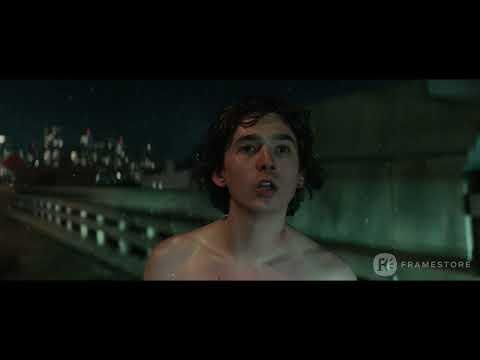
Framestore's Showreel
